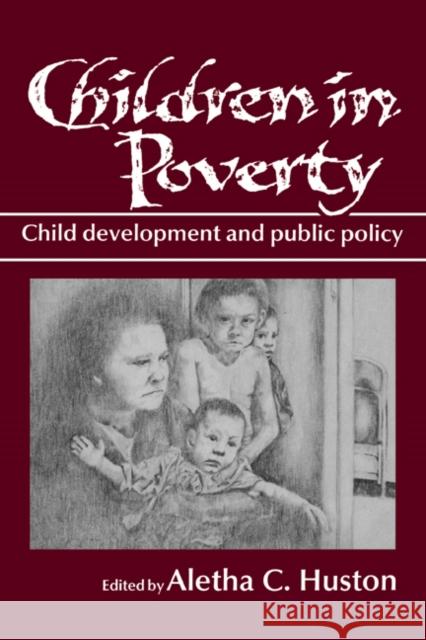Children in Poverty: Child Development and Public Policy » książka
Children in Poverty: Child Development and Public Policy
ISBN-13: 9780521391627 / Angielski / Twarda / 1992 / 344 str.
The number of children living in poverty in the United States increased dramatically during the 1980s and remains high. By 1985, twenty percent of all children lived in families subsisting below the poverty line; percentages for black and Hispanic children were notably higher. The articles in this book attempt to address three main issues: Why so many children grow up in poor families, what the effects of poverty on a child's physical, cognitive, social, and emotional development are, and what role can public policy and policy research play in preventing or alleviating the damaging effects of poverty on children? Most books on poverty focus on analysis of the parents' income, and policies are aimed at self-sufficiency. This book is unique because it is child-centered. It concludes that solving the problem of childhood poverty requires society to assume greater responsibility for providing aid directly influencing the child, such as child allowances, medical care, child care and child support.











